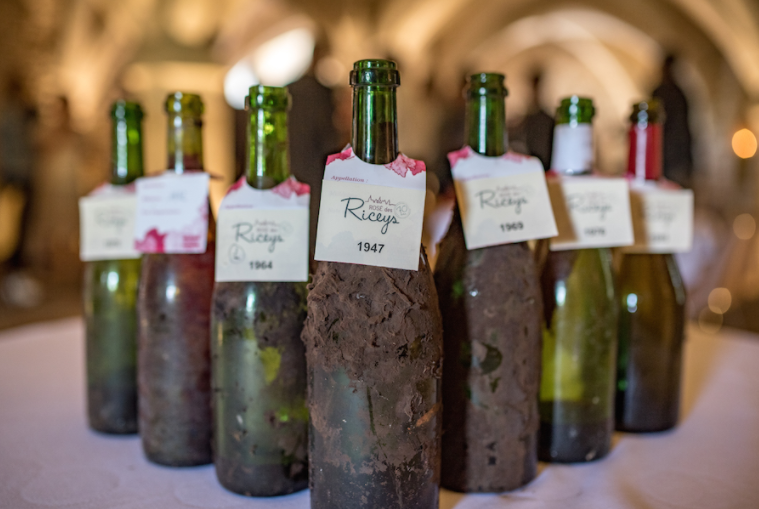The Wolf Post, supported by a Cultural Association, offers a professional service with free access, without subscription.
For this reason, a donation would also be a sign of appreciation for our work.
According to the stories, in 1680, the Sun King discovered the wine of Les Riceys and it seems to have become one of his favorites.
From that moment, the history of the Le Riceys vineyards became known beyond the French borders, especially from 1923 when the Les Riceys vineyards were officially integrated into the Champagne appellation area.
Twenty years later Le Rosé des Riceys acquired AOC status. The 1947 decree established an appellation “of ancient fame, associated with excellent wines, well colored, and of a special type not found anywhere else in France, high class rosé wines, very different from rosé wines from other regions and without equal. “
1996 is the year of the creation of the bottle dedicated to Rose des Riceys with the coat of arms of the municipality of Les Riceys and the name of the famous wine of the Denomination, modeled in the glass of the new distinctive bottle.
Let’s find out more from the words of the President of the AOC, Arnaud Gallimard.
Since the birth of your Association, which objectives have been achieved and which remain to be achieved?
The first objectives of our ODG were to create the disciplinary of the appellation, establish the production rules, in collaboration with INAO and AIDAC (Association for the control of Champagne appellations). Today, the production regulations continue to evolve, in particular from a viticultural point of view, with the limitation of herbicides, the prohibition of certain spraying equipment. Since the regulatory aspect is already well established, we are now concentrating on the promotion of our name, or rather the creation of a dedicated website; (https://www.rosedesriceys.fr/); the implementation and management of our social networks; also the creation of paper support: presentation brochure, creation of a 3D relief map of the Riceys vineyard, representing the Champagne Coteaux Champenois and Rosé Des Riceys plots, contact and exchange with journalists, bloggers, influencers to promote our appellation.
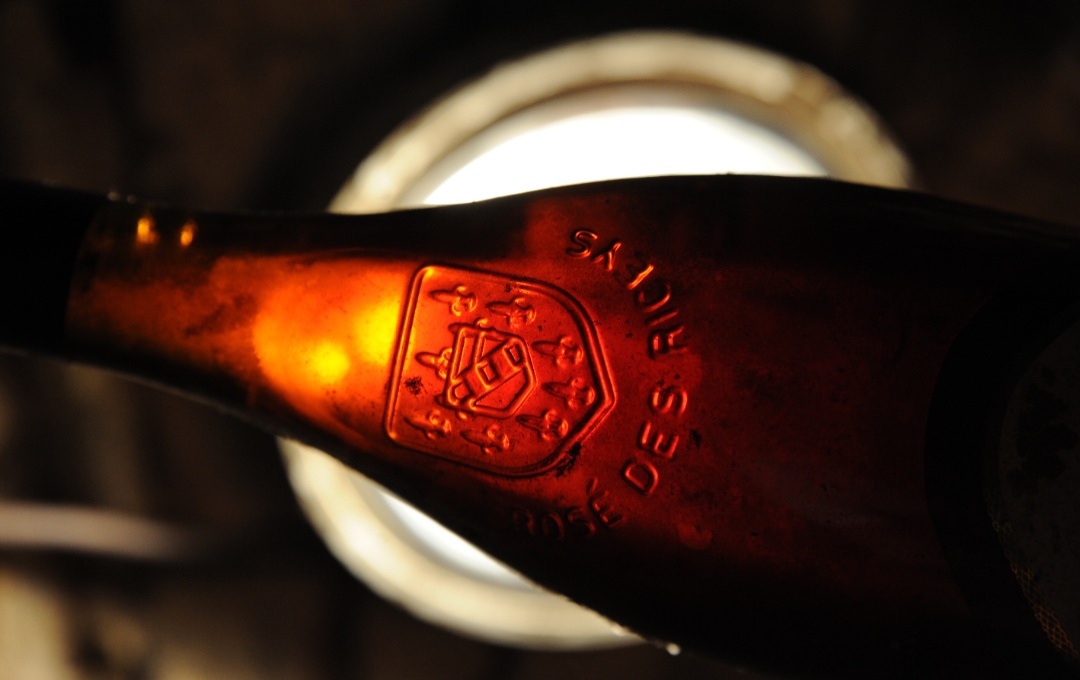
©Rosé des Riceys
What are the particularities of the territory and its wines?
This village of character, the southernmost in Champagne and bordering Burgundy, shines with the richness of a diverse heritage.
The peculiarity of our terroir is its geographical position, located in the extreme south of Champagne and therefore on the border with Burgundy. This very special terroir is made up of clay and limestone, mostly on the famous Kimmeridgian. Precious Pinot Noir, grown on the best plots of our country, on the most beautiful slopes, on the most beautiful aspects, and very often on very old vines.
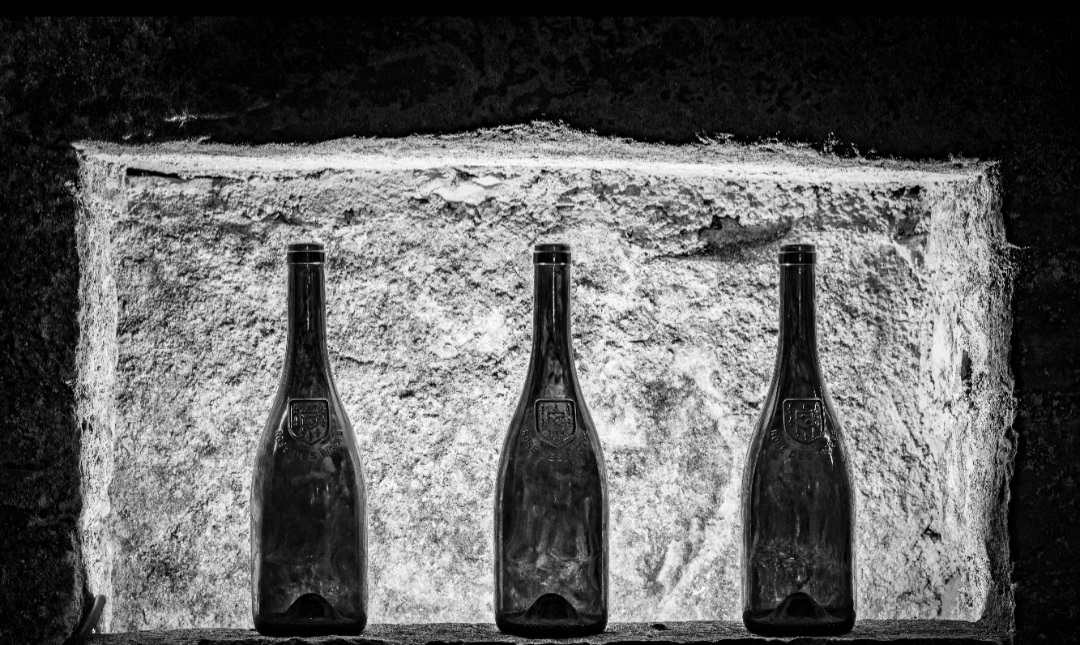
©Rosé des Riceys
Can you briefly describe the cultural and wine tourism centers of Rosé de Riceys?
In Champagne we only have three appellations, and our Rosé Des Riceys is limited to just one village in this great Champagne. Therefore, a very limited production that makes this wine rare, vinified by fifteen producers; a small denomination but very famous all over the world.
There are many Rosé Des Riceys, especially in Japan.
From a wine tourism point of view, many visitors come to discover Les Riceys for its atypical vineyards but also to come and taste this little-known Rosé Des Riceys.
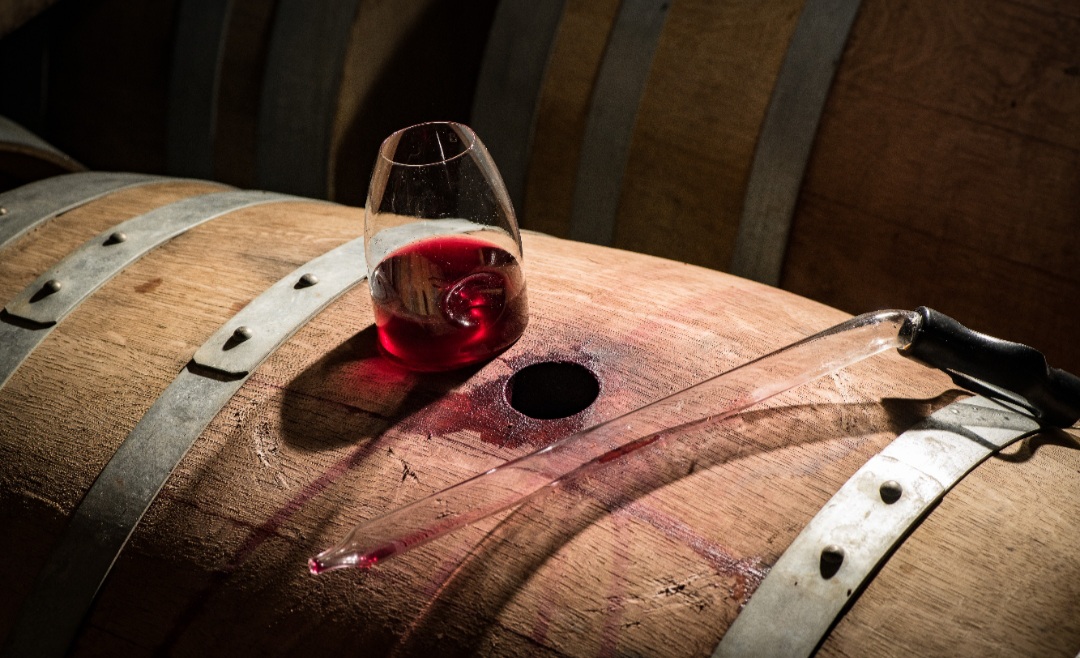
©Rosé des Riceys
Through which services do you promote the wine region?
As explained for the first question, we promote ourselves, our territory, but also thanks to the collaboration with a young and dynamic communication agency “Sorbet Citron” which has created for us:
- website;
- social media management;
- creation of presentation brochures.
We remain a very small denomination and, therefore, with little financial means, which is why much of this work is done directly by the winemakers, through volunteering for our ODG (Body of Defense and Management).
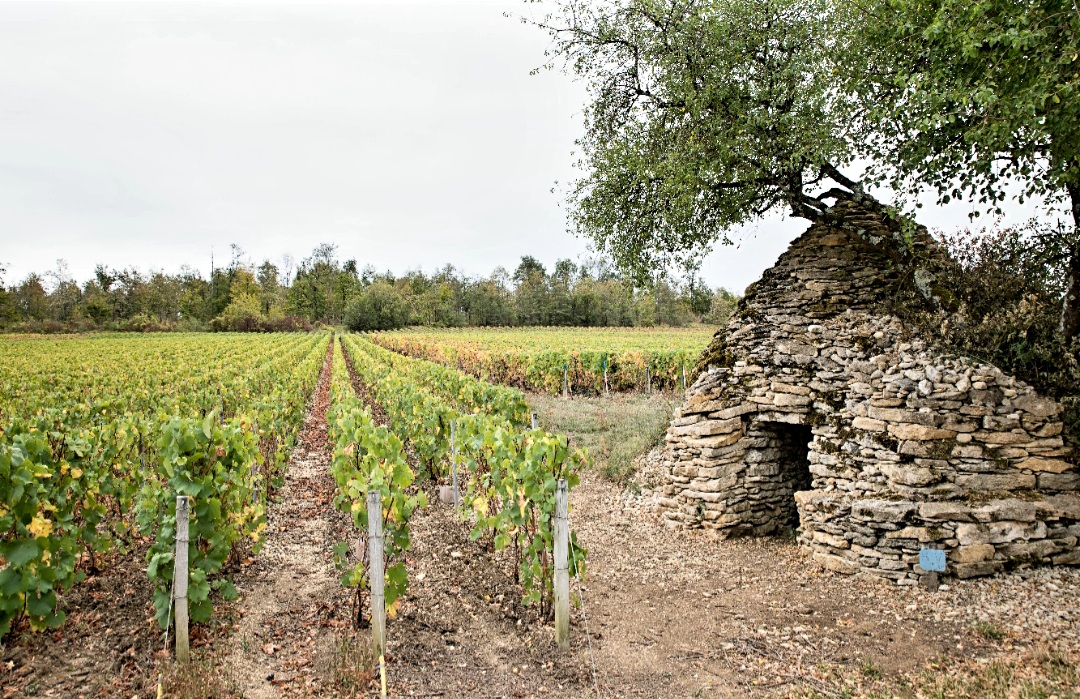
©Rosé des Riceys
Why are Rosé de Riceys wines so special?
They are wines that cannot be compared to others. It is neither a rosé nor a red wine, it is a wine resulting from a carbonic maceration (A la Beaujolaise) and even more atypical, it is a wine called Rosé but for conservation and gastronomy a wine with notes of berries, cherry, on his youth, then with notes of kirsch and spices with evolution and time.
Eye – Limpid and intense color, madder red.
Nose – A complex and rich fragrance, difficult to define.
Among the aromas, ripe cherry and small red and black fruits. The famous “Riceys flavor” has a touch of vanilla, almond and grenadine, underlined by bergamot.
Palate – Wines of great vintages are round, full, ample. The richness of the texture and the density of the structure make them more similar to red wines than to classic rosés. The other vintages tend more towards a drinkable character.


